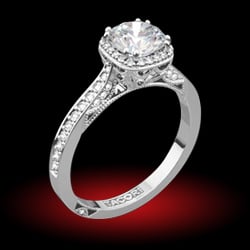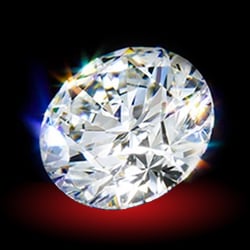AnneinGA
Shiny_Rock
- Joined
- Aug 6, 2010
- Messages
- 403
I'm an accountant, so data appeals to me. And one thing in this giant undertaking of a diamond learning process is the ongoing debate between EGL and GIA. So I thought I'd pull a relative sample and see what I could find out.
I pulled 2.28 RB from F-I color and VS2-SI1 Clarity. I then sorted by measurement, then price (you can't sort by measurement on PS). So I determined that many online vendors sell the same diamond, often differing in price by just a couple of dollars. The same diamonds are sorted together and shown in the same color shade; GIA's are one of two blue shades, and EGL one of two orange shades.
I also pulled all the certificates of all the diamonds I could, and ran the HCA score, which I added in the first column. I used Angles (not percentages) on all the HCA as EGLUSA provides the angles, and I could not pull any EGLInt'l certificates.
The items set off in the middle with two white bars over and above were the two closes diamonds I could compare for measurement and EGL vs. GIA. You can compare their assigned colors by the agency and then the prices.
There is a lot of data to look at, but I would love feedback regarding your interpretation of the data.
I pulled 2.28 RB from F-I color and VS2-SI1 Clarity. I then sorted by measurement, then price (you can't sort by measurement on PS). So I determined that many online vendors sell the same diamond, often differing in price by just a couple of dollars. The same diamonds are sorted together and shown in the same color shade; GIA's are one of two blue shades, and EGL one of two orange shades.
I also pulled all the certificates of all the diamonds I could, and ran the HCA score, which I added in the first column. I used Angles (not percentages) on all the HCA as EGLUSA provides the angles, and I could not pull any EGLInt'l certificates.
The items set off in the middle with two white bars over and above were the two closes diamonds I could compare for measurement and EGL vs. GIA. You can compare their assigned colors by the agency and then the prices.
There is a lot of data to look at, but I would love feedback regarding your interpretation of the data.









300x240.png)